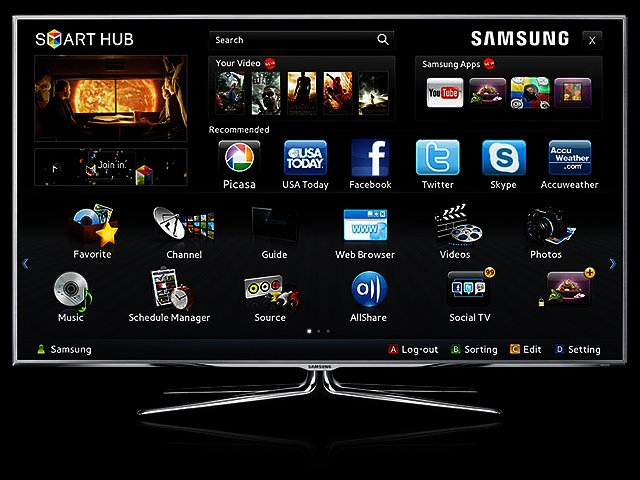Corrie Labuschagne, Samsung Electronics South Africa
By Staff Writer 10 June 2011 | Categories: interviews
Industry Expert: Corrie Labuschagne, Samsung Electronics South Africa

With interest in 3D television growing, TechSmart talks to Corrie Labuschagne, product and marketing manager for TVs at Samsung Electronics South Africa, about the lack of content, glasses-free 3D and internet on televisions.
TechSmart: Is the SA market warming to 3D television?
Corrie Labuschange: As the advent of new developments in 3D imagery is slowly being introduced into the market, one can see that the need from local consumers to keep up with and experience 3D is growing - consumers want the latest in technology and they want it now.
While the idea of 3D has taken some time for the consumer to get used to, with the experience that 3D offers and the applications that 3D TVs now have, the South Africa market is starting to embrace 3D and this will only grow as the 3D market continues to expand. 3D has also now become an expected technology for mid to high end products.
TS: 3D content is currently a problem. How is this situation being addressed?
CL: Due to the fact that the development and retail of what can be considered pure 3D content is still catching up to the technology, this has obviously led to consumers being hesitant on purchasing a 3D TV.
However, there is a technology that is currently available locally on the market to address this - 2D to 3D conversion. Samsung's latest 3D TV units to hit the local market contain an ingenious technology that can process 2D images and create the illusion of dimensional depth - in essence a 3D Video.
This conversion is made possible through a sophisticated chipset that converts 2D content to 3D almost in real time, thereby providing consumers with the choice of viewing their favourite movies or serials in high definition (HD) or in 3D, with the click of a button on the TV's remote.
Furthermore, these latest 3D TVs also enable consumers to adjust the degree of 3D effects - on either pure 3D content or converted 2D content - according to their preference, by selecting optimised 3D effects the same way as they would adjust the TV volume, which will assist in alleviating any side-effects that may be experienced when viewing 3D images for the first time or for long periods of time.
TS: We've heard that glasses-free 3D television is still a long way off. Do you think this is something the market needs before mass adoption and is Samsung working towards this?
CL: 3D TVs without glasses need specifically written content to deliver the 3D effect, which in essence means that all DVDs would have to be specifically made per brand. This obviously means that right now the experience of 3D without glasses is potentially not only restrictive, but also expensive.
As a result, this will have an effect the consumers' pocket and therefore is not such a viable option at this stage. 3D TVs that enable glasses-free viewing only permit the consumer to watch 3D, where the conversion between 2D and 3D is not possible and in turn, the viewing of normal TV, which is certainly a market driver, at this stage of market infancy.
The option of glasses free 3D TV will undoubtedly become a reality as technology is continually evolving to cope with needs and wants of consumers and Samsung is working towards such innovation.
TS: Give us a brief explanation of AllShare and how it will allow us to connect different devices.
CL: Just like the name suggests, the AllShare feature allows your TV to wirelessly connect with compatible electronic devices, including notebooks, cameras, mobile phones, tablets and printers. This means that you can share movies, photos and music all through a single device - your TV.
It enables the consumer to have the ability to access and display or play certain digital content located on their computer through the use their mobile phone (equipped with the AllShare feature) or their home network.
Samsung has even optimised the network configuration to let you easily enjoy content ranging from movies to photos to music without having to switch devices. AllShare takes the struggle out of having multiple connections to do many things, wirelessly and effortlessly.
TS: You have a number of Samsung Apps specifically for television. Do you believe that this is the way users will access internet on TVs?
CL: As technology is continually evolving, the demand for quick access to information is growing. While there are many ways one can get access to information, having one device that combines all of these into one is ultimately something that Samsung believes will become a favourable option for consumers.
Samsung's Smart HUB allows the consumer to experience all their favourite content right in the convenience of their living room. No wires are used which makes the simplicity of the whole process that much more inviting and takes the hassle out of having to use different devices separately to do many things.
The ease of just using your remote control to navigate through applications allows consumers to have access to an infinite amount of content resulting in a much more enjoyable experience.
Most Read Articles

Have Your Say
What new tech or developments are you most anticipating this year?



